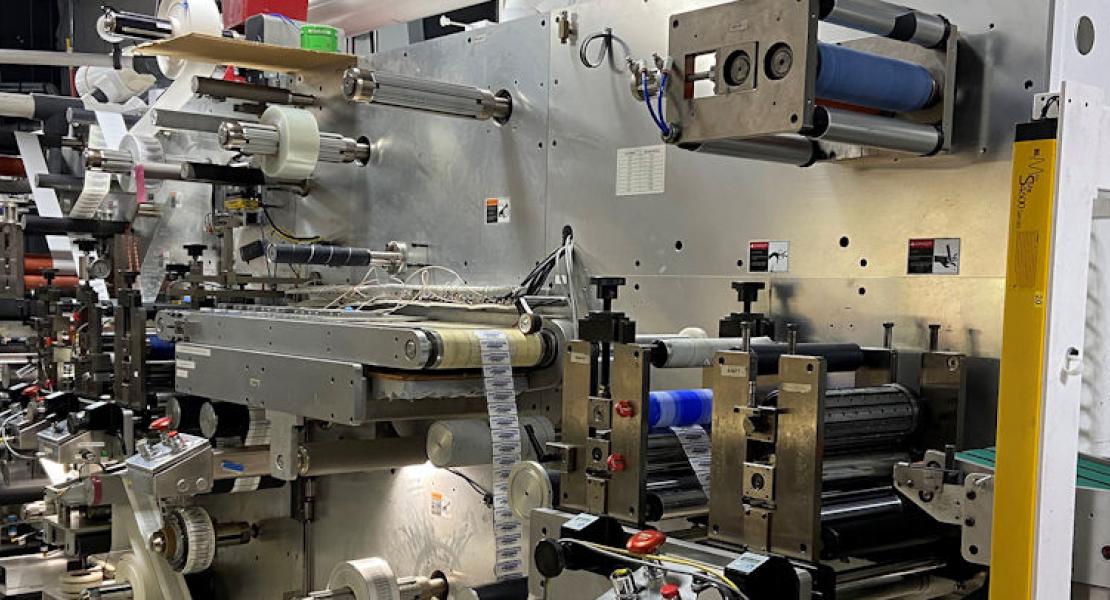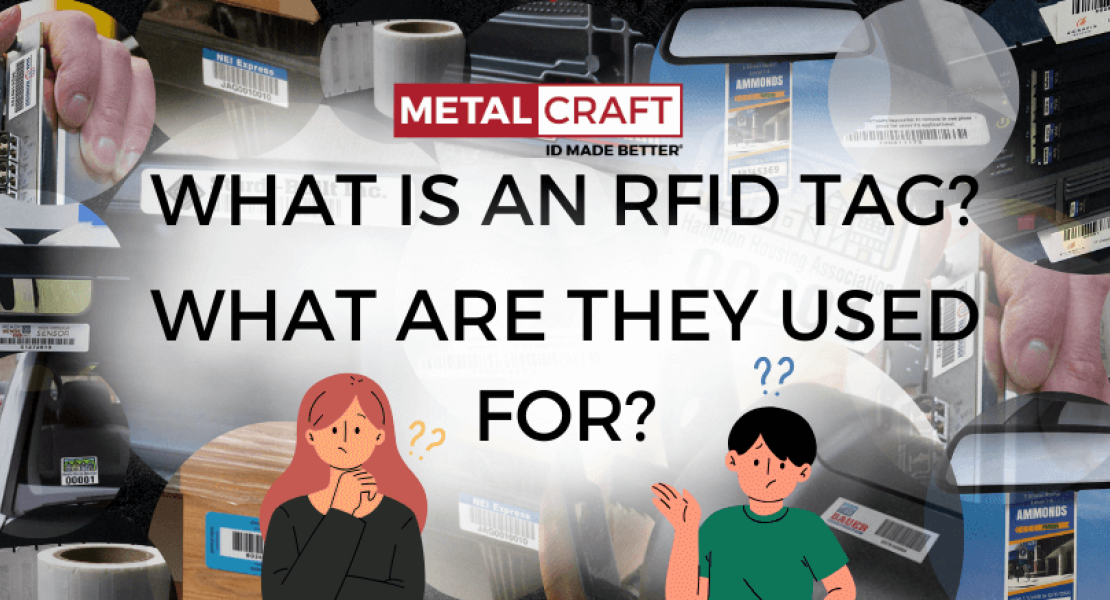Radio Frequency Identification – the phrase alone generates limitless application possibilities. But how do you get from just having the idea to making it a reality? That’s where we come in. Metalcraft’s RFID expertise can help you through the design and development process all the way to a finished product.
For this article, we’ll be focused on converting, or manufacturing, the tag. This is the step in between design and implementation. To maximize efficiency and lower costs, Metalcraft’s state-of-the-art converting equipment combines numerous steps into one inline continuous high-speed converting process truly taking RFID converting to the next level. A variety of materials including polyester, polypropylene, polyethylene and polycarbonate may be used to create a durable, reusable, customizable RFID tag. the machinery encapsulates the inlay between layers of adhesive and die cuts to a custom size depending on the inlay needed for the specific application.
From that point tags are sent to a read/write station to program and/or verify the information written to the inlay, ensuring no non-readable tags are sent to the customer. The final product can be provided in roll form or individualized tags.
Metalcraft’s converting equipment allows us to run millions of tags just as easily as running a single prototype order. In other words, no order is too big or too small. In addition, our ability to work with multiple inlay manufacturers or produce our own inlays allows for even more flexibility with different applications. In fact, Metalcraft can customize your inlay based on your exacting needs, which not only gives you product differentiation and improved security, but also provides time and cost savings in the long term. Metalcraft primarily converts HF (13.56 MHz ISO/IEC 15693 and ISO/IEC 18000-3) and UHF (915 MHz Gen 1 and Gen 2) inlays.
Prototypes of RFID
Because of the complexities of the technology as well as the environmental factors involved (i.e., temperature, chemicals, etc.), prototypes are critical for the end user to test in real-life conditions in which the tags will be used. Metalcraft’s RFID engineers will work with your staff on pilot runs to develop a product that will work for your specific application, which gives you a truly customized RFID tag.
Read/Write Capabilities
Metalcraft’s custom-built programming stations are roll-to-roll systems for writing to finished labels. These programming stations are paired with custom-built software to handle all data management and tag programming. Whether it’s a custom data list with unique programming specifications or simply matching the RFID programming to the barcode, Metalcraft can handle any job and ensure the data integrity.
Metalcraft’s RFID Expertise – Not Just a Converter
Metalcraft always has had the ability to customize an RFID tag according to customer specifications. However, now with the ability to design, develop and manufacture custom inlays, combined with our unique programming capabilities, Metalcraft truly is the one-stop-shop for high quality, durable, customizable RFID tags and labels.
To learn more about our custom RFID tags, contact us today at [email protected].
 | About the Author: Aaron HobertAaron Hobert is our RFID Technical Specialist. Hobert joined Metalcraft in September of 1994 as a Litho Press Operator, became the Autograph Team Lead in 1998 and in April 2005 he became the RFID Sales Support Rep. He was named our RFID Technical Specialist in 2008. Aaron lives outside Charles City with his wife Diane. Mobile Phone: 641-330-2660 Email: [email protected] Office: 3360 9th St. SW, Mason City, IA 50401 Office Phone: 641-423-9460 |




